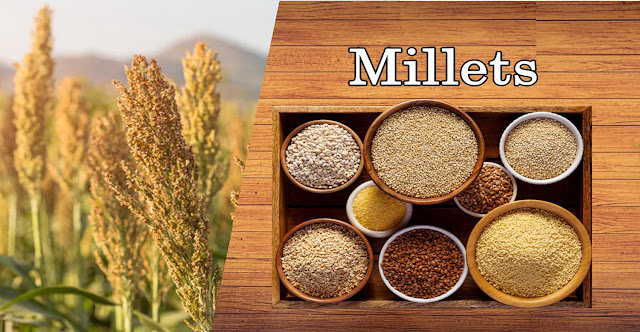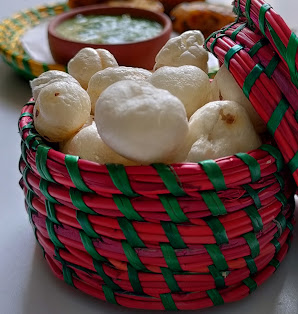How to make mango rabdi
Why Mangoes are called the King of Fruits?
Summers are here and so are mangoes. Known as the king of fruits, mango is one of the most popular, nutritionally rich fruits with unique flavor, fragrance, and taste, In addition to being sumptuous, pulpy, and amazing, mangoes pack a host of health benefits too. They are rich in potassium and magnesium and are a great remedy for high blood pressure. Mangoes are vitamin powerhouses, rich in B-vitamins, vitamin A, vitamin C, vitamin E, and vitamin K.
Here are some health benefits of mangoes you may not have known.
High in antioxidants: Powerful antioxidants in mangos can help neutralize free radicals throughout the body and help prevent heart diseases, premature aging, cancer, and many other degenerative diseases.
Clean & clear skin: Having mangoes in moderation is the key to good skin. Mangoes are filled with skin-friendly vitamin C and Vitamin A, both of which are crucial for healthy skin and skin repair. Mangoes, eaten in moderation are also known to exfoliate and eliminate dead pores. Mangoes also protect the skin from UV rays damage.
A natural skin cleanser: Mangoes help unclog pores and add freshness to your face.
Great for your hair: Mangoes are also great for your hair because they contain vitamin A, a nutrient required for sebum production that keeps hair moisturized.
Promote brain function: Considered one of the best brain foods, mango nutrition is packed with vitamin B6, which is essential for maintaining brain function.
Boost immunity: Your immune system is your body’s first line of defense against unwanted invaders and has everything to do with keeping you healthy. The generous amounts of vitamin C and vitamin A in mangoes, plus 25 different kinds of carotenoids keep your immune system healthy and strong.
Lowers cholesterol: Mangoes are reputed to lower cholesterol in the body due to a high amount of fiber and vitamin C. Combined with the low sodium levels as well as high amounts of potassium and B vitamins, mango nutrition may help keep your heart healthy and reduce the risk of heart disease
What is Rabdi?
Rabdi aka Rabri is a classic, traditional Indian sweet. A rich dessert that is a mixture of thickened creamy milk and bits of malai (top of milk) that is lightly sweetened with sugar and flavored with saffron and cardamom powder. The making of an authentic rabdi recipe is a laborious process that requires cooking full-fat milk over a slow flame till it reduces to a thick mixture. The key to a rich and creamy Rabdi lies in the quality of the milk used and in simmering the milk over low flame. Always use full cream milk while making rabdi.
What is Mango Rabdi?
Mango rabdi is a simple dish with minimal ingredients yet high on flavor. A rich, creamy, fruity, traditional Indian dessert with a soft pudding-like texture. A heavenly combination of creamy rabdi, fruity mango, and aromatic saffron. Mango rabdi has the right amount of sweetness, creamy with fragrant mango tones providing comforting goodness that only the king of fruits can. It makes for a top-class mango dessert garnished with flaked almonds, chopped pistachios, and chopped mangoes.
Points kept in mind while making mango rabdi:
- The traditional way of making rabdi does take time as milk has to cook on a slow fire till it reduces to one-third of its original quantity and becomes a thick mixture.
- Always try to mix the cooked mango puree into rabdi as it enhances the taste.
- Use good quality sweet mangoes and not the ones which have a sweet-tart flavor. If you use sweet-tart flavor mango then you have to add a lot of sugar.
- Use sugar according to the sweetness of aam.
- I wouldn’t advise using canned mango pulp. Use freshly pureed mangoes. I like it chilled, so the longer it sits in the fridge, the better the flavor.
How to make mango rabdi or aam ki rabdi
Ingredients:
Mango- One big size or two small
Full cream milk - 2 liter
Sugar according to the sweetness of your mango
Saffron strands (optional)
Dry fruits (optional)
Recipe of mango rabdi:
- First Boil two-liter full cream milk on a high flame. When it boils reduce to low heat and allow to simmer.
- Keep stirring at regular intervals, pushing the layer of malai (top of milk) that forms on the top towards the sides of the vessel. Continue to do this till the milk is reduced to less than half of the original quantity.
- Keep scraping the sides of the vessel and mix it with the thickening milk.
- After 60 -70 minutes or so, the milk would have reduced considerably to a thick mass.
- Add sugar according to the sweetness of the mango.
- Turn off the heat and allow to cool it to room temperature.
- When the rabdi is cooled down and if you cooked mango puree, then mango puree also is cooled down. Then add mango puree into rabdi.
- Garnish with chopped mango. Serve chilled as it tastes heavenly
- Ensure that you stir the milk at regular intervals so that the milk does not burn.
- Use a heavy-bottomed vessel so that the contents do not burn.
- Any left-over rabdi can be stored in the fridge for 3 to 4 days or frozen for a few weeks.
- The most important tip while making mango rabdi is never to add hot rabdi into mango puree otherwise.







nice
ReplyDelete